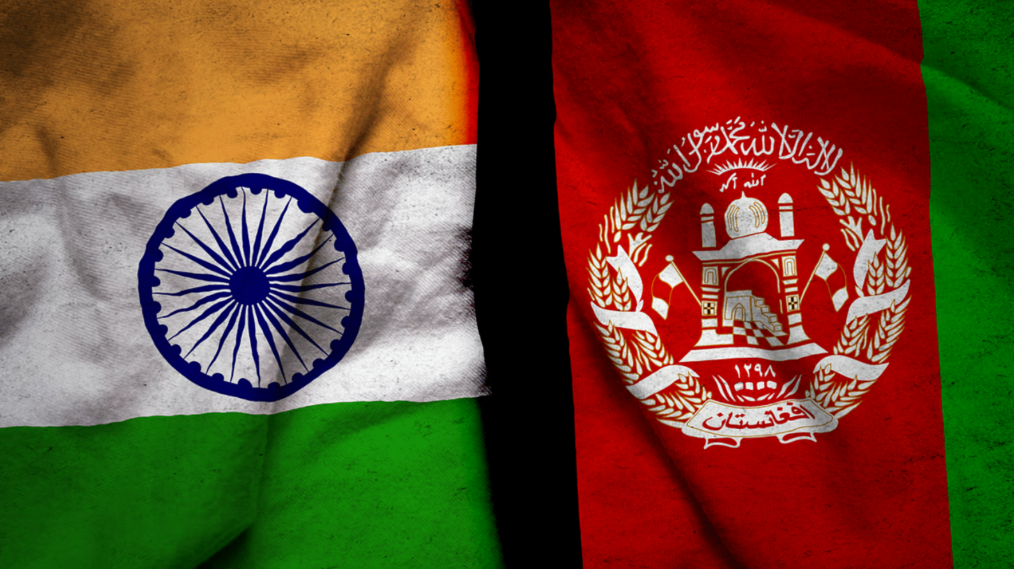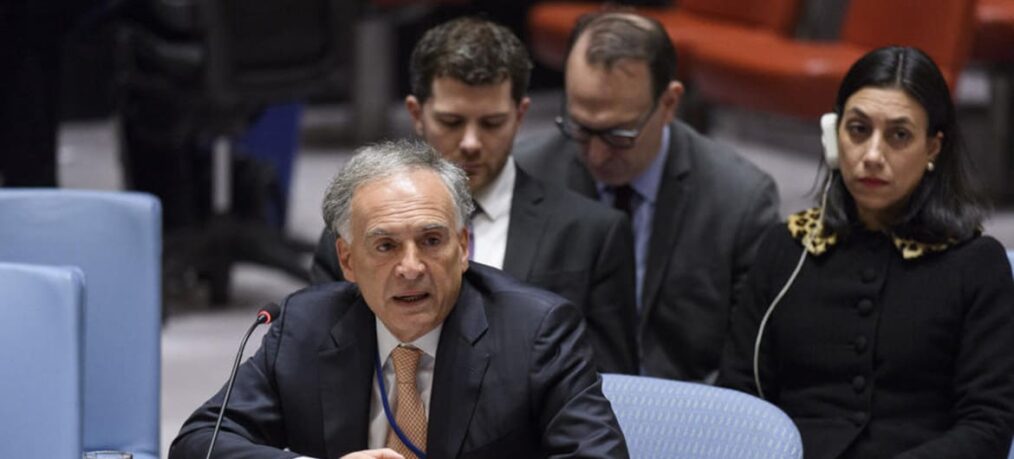The peace deal agreement between the Taliban and the U.S. in Doha, Qatar, on February 29, 2020, opened up various security concerns in India. And now, after nearly 20 years of annexing the paratroops in Afghanistan in a modus operandi to oust Al-Qaeda supported by the Taliban, President Biden’s government has recently withdrawn U.S. military troops from Afghanistan. Thus, the Taliban has become the de facto government across Afghanistan and controls territory such as border check-posts, rural areas, and urban areas. India shares geographical proximity to Afghanistan, unlike the U.S., and consequently any political instability in the Afghan government is concerning to neighboring countries.
Ultimately the 2020 U.S.-Taliban peace deal agreement stipulated that any group or individual could not use Afghan soil against the security of the U.S. and its allies.
The uncertain future of the Afghan government and the Taliban’s authority may threaten the security and economic interests of India and its assets in Afghanistan. India has deeply invested in standing by Afghanistan’s democratic government; thus, the rise of the radical groups does not bode well for the country.
Haqqani Faction & IS – Khorasan
The presence of the U.S. in Afghanistan was partially the reason for India’s investment in Afghanistan’s future. The Haqqani faction, led by Sirajuddin Haqqani, deputy leader of the Taliban, is the best armed and trained Taliban faction. The Haqqani faction may use their power and assert anti-Indian propaganda. The Haqqani faction is also well known for working against the U.S. invasion in Afghanistan, and leading several attacks on Indian assets and Indians residing in Afghanistan.
In regard to IS-Khorasan, the current understanding that IS-Khorasan has a mixture of former Afghan insurgents, Pakistani militants, and radicalized Indians is a threat to the Indian assets, especially those involving economic relations between India and Afghanistan. Indian-Afghani relations have also been tested in situations involving radicalized Indians conducting attacks on Afghan soil. Such was the case when IS-Khorasan claimed the Gurudwara attack in Kabul, which took more than 25 lives, and attributed the attack to an Indian ISIS member.
Lashkar-e-Taiba
The relocation of the members of another terrorist group Lashkar-e-Taiba (LeT) under the guidance of their chief, Hafeez Muhammed Saeed. Saeed, who drew up plans with the Pakistani army to attack Indians in large numbers, is an alarming cause to be more prudent about strengthening the Pakistani military advancement owing to the new policy between Pakistan and the U.S.
The growing influence of Pakistan’s Inter-Service-Intelligence Directorate (ISI) on the Taliban can be harmful to India, especially considering India’s wary relations with Pakistan. The Taliban is expected to be ill-disposed towards India by its nature and ideological orientation. The increasing influence of Pakistani power in Afghanistan can cause turbulence to the extremist elements in Kashmir. Srinagar-based General Officer Commanding Lieutenant General D P Pandey stated that some militants might enter Kashmir, but the army is ready to tackle the situation if and when that occurs.
The U.S. withdrawal from Afghanistan is also the beginning of new relations between the U.S. and Pakistan. Prior to the U.S. troops’ presence in the Afghan region, Pakistan had received significant U.S. aid and cooperation for defense. For the past two decades, the relations between both countries have been dysfunctional and oscillating around the presence of U.S. troops in Afghanistan.
The country’s strategic location has historically made it vulnerable to the involvement of outside powers and proxy battles. Pakistan was the medium and the connection between the Taliban and U.S. for counter-terrorism operations.
Another factor to consider in U.S.-Pakistani foreign affairs is the increasing Chinese-Pakistani relations, especially Chinese investments in Pakistan, which may hinder U.S.-Pakistani relations restoring to their pre-U.S. presence in Afghanistan conditions. Due to Pakistan’s strategic location, India must stay vigilant of Pakistan’s ever-evolving foreign relations, whether it be with the U.S., China, or the Taliban.
Additionally, the Taliban considers China a friend, since they have stated that they will not provide shelter to Uyghur Muslims from Xinxiang, China. Ultimately, India must strategically analyze Taliban-China-Pakistan relations and understand how these foreign relations could impact Indian affairs.
Since the U.S. withdrawal of troops from Afghanistan and the Taliban’s growing power, India faces many possibilities due to the reshuffling of regional foreign affairs. India has previously invested economically and diplomatically in Afghanistan and, therefore, must stay alert to how these changes will affect Indian Afghan relations. Amongst other points to highlight, the U.S. wishes to have cross-cutting relations with both India and Pakistan whilst increasing partnership with Pakistan and also playing the role of crisis management as it has been doing.
Possible Approaches for a Peaceful Co-Existence
Ultimately, relations between the Taliban and India can be strategically possible, provided that the Taliban adheres to peace agreements, through creating and engaging in diplomatic channels and by establishing connections to decrease the Taliban’s dependence on Pakistan.
Manasvini Rao, Counter-Terrorism Research Fellow


